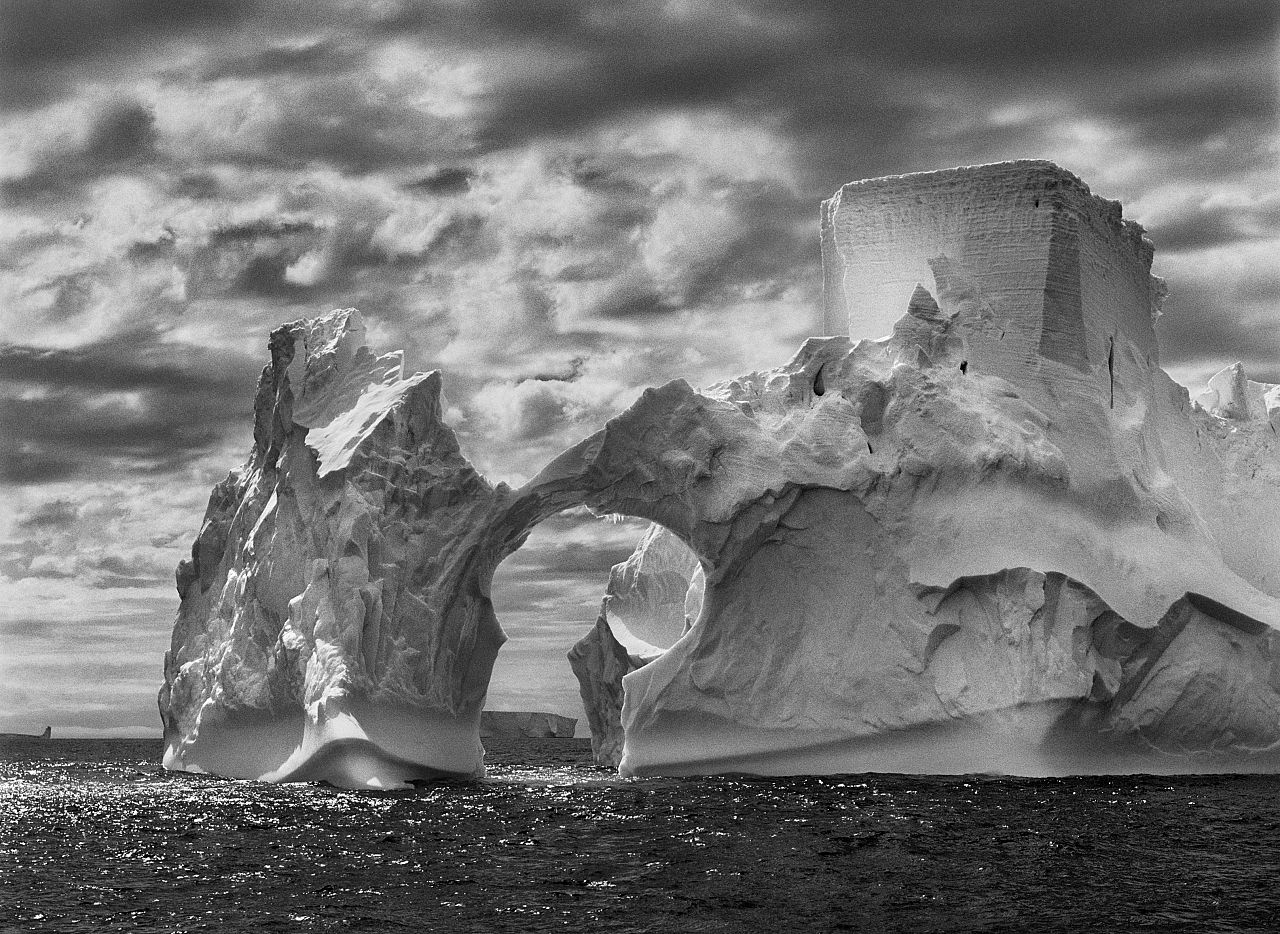The famous Franco-Brazilian photographer Sebastião Salgado’s exhibition Genesis toured the world for more than six years – a sign of its popularity but also the impact of his incredible work.
Euronews Culture caught up with the photographer when the spectacular show was on display at La Sucrière de Lyon, a former sugar factory and warehouse that has now become an exhibition space.
Genesis is a photographic tribute to the planet comprising more than 200 black and white photographs. It was the result of eight years work and some 30 trips around the world.
Raised on a farm in Brazil, Salgado had a deep love and respect for nature. But he was also particularly sensitive to the ways in which human beings are affected by their often-devastating socio-economic conditions.
He produced numerous works over a career spanning many decades, such as the long-term project Workers (1993) which documented the vanishing way of life of manual labourers across the world. Or Migrations (2000) – a tribute to mass migration driven by hunger, natural disasters, environmental degradation and demographic pressure. And then Genesis, his “love letter to the planet”.
Rediscovering mountains, deserts and oceans
The exhibition was the result of an epic eight-year expedition to rediscover mountains, deserts, oceans, and the animals and peoples that had, up to that point, escaped the imprint of modern society. It depicted the land and life of a still-pristine planet. The project, along with the Salgados’ Instituto Terra, are dedicated to showing the beauty of our planet, reversing the damage done to it, and preserving it for the future.
Salgado travelled by foot, light aircraft, seagoing vessels, canoes, and even balloons, through extreme heat and cold and in sometimes dangerous conditions to create a collection of images showing nature, animals, and indigenous peoples in breath-taking beauty.
Using only black-and-white photography, he created a visual ensemble with such an extreme precision, that even the smallest details seem to infinitely develop.
“You know, when you look at an exhibition like Genesis, it’s really the earth, the animals connected to the earth and also Man” explained Sebastião Salgado. “I’m still taking photographs of humankind. I’ve just finished seven years working in the Amazon with indigenous communities. Mankind, he’s an animal of this earth, an animal like any other, we’re in the animal kingdom.”
Black and white photography has become the photographer’s trademark. He explained why he decided not to use colour photography.
“In 1986, I did a story in Brazil which was published in 1987 about a gold mine there, it was because of this gold mine story that all magazines went back to doing black and white,” he said.
“This story was so strong, it was widely published by large magazines, which increased my visibility to such an extent that at the time there was a big return to black and white photographs. I have much to be grateful for this return to black and white, because I’ve stayed in black and white ever since and never returned to colour.”
Back to nature
If the environment is now on everybody’s radar, for Salgado, little has changed. He believes Mankind needs to go back to nature and make a spiritual return to the planet. He says efforts so far to save the planet have been resoundingly unsuccessful.
“We have COP 21 that took place in Paris five years ago and despite everything that was put forward, nothing was done,” he says. “Do you know why? Because we don’t invite real people, we don’t invite people who are linked to the earth, to the planet, it’s a meeting of urban people.”
The Amazon remains his favorite territory. With his wife Leila, who is also the curator of ‘Genesis, he took on a colossal challenge 20 years ago. He decided to replant the trees that had disappeared from the 750 hectares of his father’s former farm. He wanted to revive the ecosystem in a region hit by deforestation and intensive land use.
“We planted 2.5 million trees, even a little more maybe 2.7 million trees and we are now preparing to plant one million more trees, in addition to those already planted,” he explains. “Because, you know, before the land was tired, dead, destroyed and now the land is rich again. It’s time to plant trees that will be there for 500 years, 1,000 years, trees that need good soil, and shade to grow.”
Sebastião Salgado died on Friday 23 May, 2025. This article was originally published on 20 February 2020.









